
Lubrication system performance directly affects the engine working lifespan. That is why many drivers wonder which oil viscosity they should prefer in order to ensure the totally reliable motor protection before winter. Here we review the properties of two most popular kinds of oil: 5w30 and 5w40, to find out which of them is the best for use in the cold season.
What the marking stands for
Even in severe frost, the oils intended for winter use should retain the fluidity sufficient for cold engine lubrication. So the digits before the letter W indicate the temperature at which the oil pump can faultlessly operate, and the crankshaft can be turned with a torque sufficient for engine start. The letter W points at the fact that the lubricant can be used in the cold season. The digits after it show the high-temperature characteristics which are defined by the upper and lower thresholds of the kinematic viscosity at 100°C, as well as by the dynamic viscosity at 150 °C and shear rate of 106 s−1.
The manufacturers use various additives for oils in order to create universal products with a wide temperature range. These additives decrease the dependence of viscosity on temperature, but may affect other properties of the lubricant
Characteristics of 5w30 and 5w40 oils
The low-temperature characteristics of these lubricants are the same. Both products maintain the viscosity optimal for engine start at -30°C, and fluidity – at -35°C. But their high-temperature characteristics differ. The kinematic viscosity of 5w30 varies in 9.3–12.5 mm2/s range; the dynamic viscosity is 2.9 mPas. For 5w40, these values are: 12.5–16.3 mm2/s and 3.5 mPas respectively.
Each of these products has its own disadvantages and advantages. For instance, the 5w40 lubricant creates a thicker and stronger oil film, excellently seals gaps, is intended for significant loads, that is why it is often used in powerful high-performance sports cars. But due to high cranking resistance it can affect the motor dynamics. Moreover, the wider the lubricant temperature range is, the shorter its lifespan is.
At the same time, the 5w30 lubricant has a higher pumpability through the lubrication system. It cleans the power unit parts more effectively, contributing to their cooling and fuel economy. But if gaps in friction couples are increased, leaks may occur when such oil is used.
3 main tips for choosing
- If you use your vehicle in urban conditions, often sit in traffic jams, drive at high speeds, and your car is old, buy oil with the 5w40 viscosity. But if you prefer calm driving, and fuel economy and eco-friendliness are important for you – choose a product with 5w30 marking.
- Apart from viscosity, the following parameters should be taken into consideration when choosing the lubricant:
- Composition of the oil base. For some motors, only synthetic oils are suitable, and for others – only mineral ones.
- API and ACEA classification. Even products with the same SAE viscosity grade may differ in the amount of additives, ash content and other parameters. All these differences are taken into account in these classification systems.
- Mind that replacing the 5w30 oil with 5w40 and vice versa is only possible when it is allowed by the vehicle manufacturer. Otherwise, the engine may prematurely break down.
Why the engine oil approval by car maker is so important
In fact, oil viscosity is a rather relative parameter. During engine operation, its temperature is constantly changing. Thus, the lubricant viscosity and oil film thickness are increasing or decreasing. When designing a motor, manufacturers precisely calculate the dynamics of the motor oil characteristics, choosing the suitable product in correspondence with the requirements for all engine operation modes.
For instance, at engine start the oil film thickness is much higher than when the engine reaches the working temperature. Due to this, friction between contacting parts increases. This promotes faster warming-up of the power unit. When the temperature is increasing, the oil viscosity is getting lower, thus the friction force and the load on the power unit are decreasing too.
If the oil viscosity exceeds the value specified by the manufacturer, the engine will undergo excessive loads during starting. It is especially dangerous at sharp rpm increase, when the shear rate sharply increases, but the viscosity does not correspond to the current temperature, which may lead to engine overheating. In addition, constant operation under excessive loads affects its working lifespan. Moreover, due to constant overheating, the lubricant oxidizes faster.
A lowered viscosity is no less dangerous. Friction couples will wear out significantly faster due to insufficiently durable oil film. And at high rpm, oil deficiency can even cause engine seizure. While the lubricant itself will burn out faster.
Conclusion
Lubricants should always be selected in accordance with technical recommendations of the car maker. If he allows using oils of different viscosities, then give preference to the product that best corresponds the vehicle operating conditions, as well as the condition of its assemblies and units. Moreover, considering the viscosity only is not sufficient: the composition of the base of the oil and its API and ACEA class/category are also important. Choose the oil without haste, buy it at AUTODOC, and your car engine will be reliably protected during the cold season.


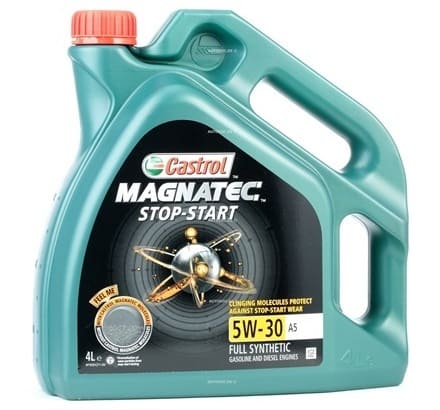

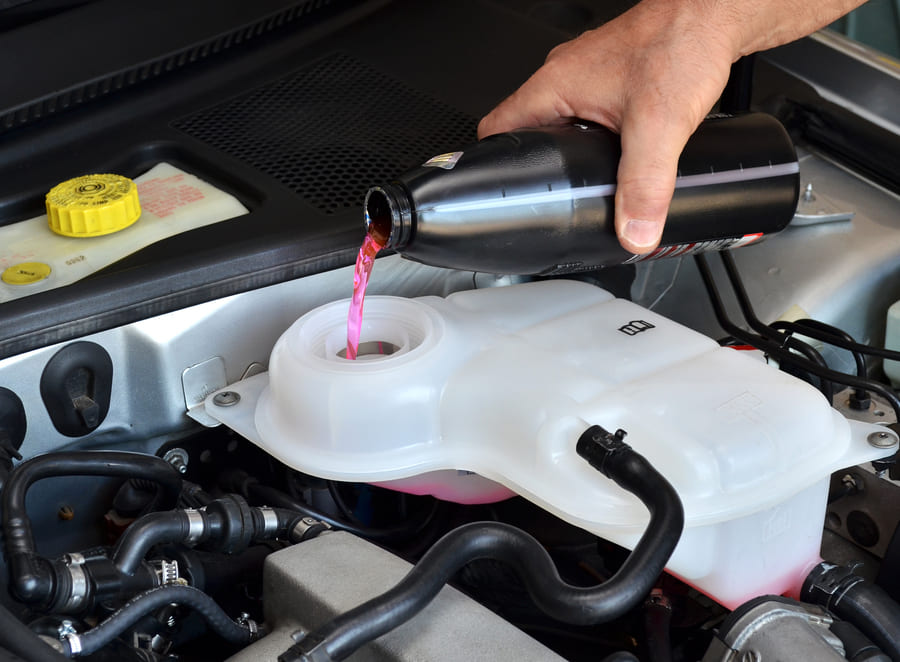
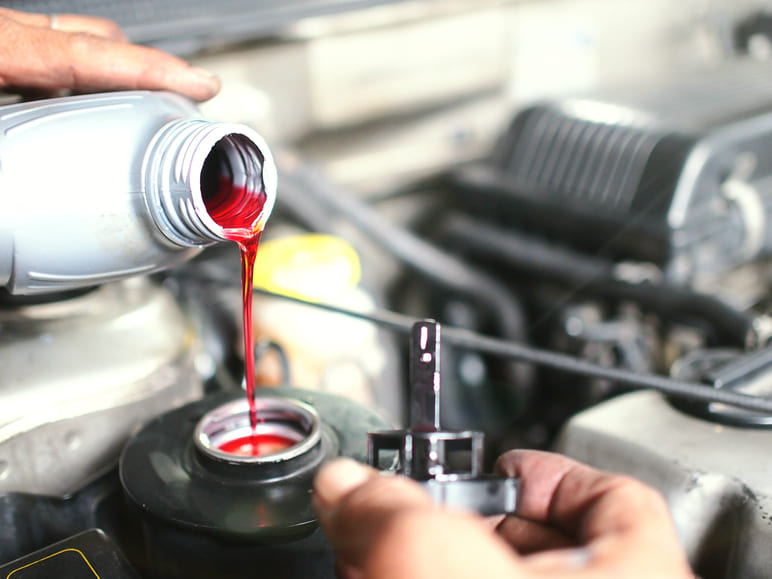

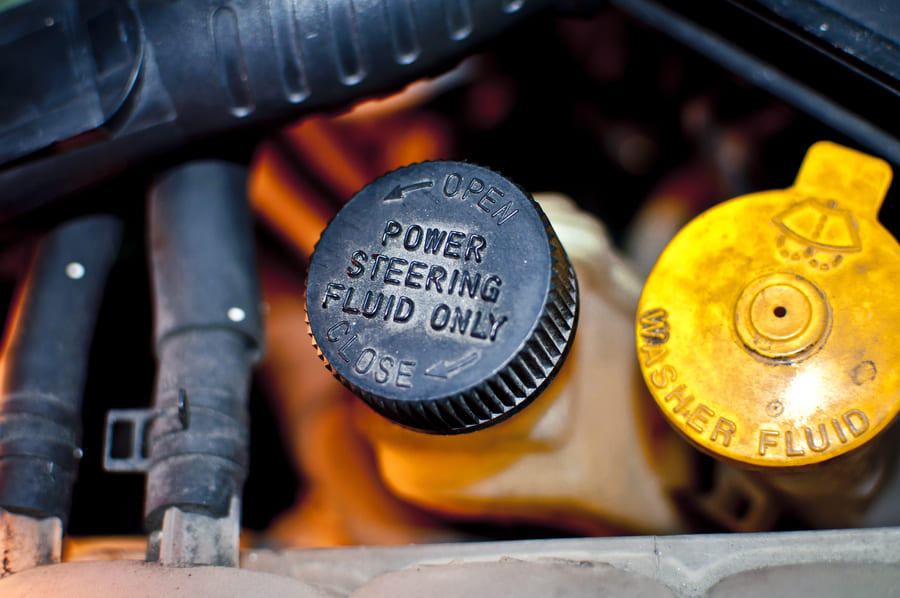

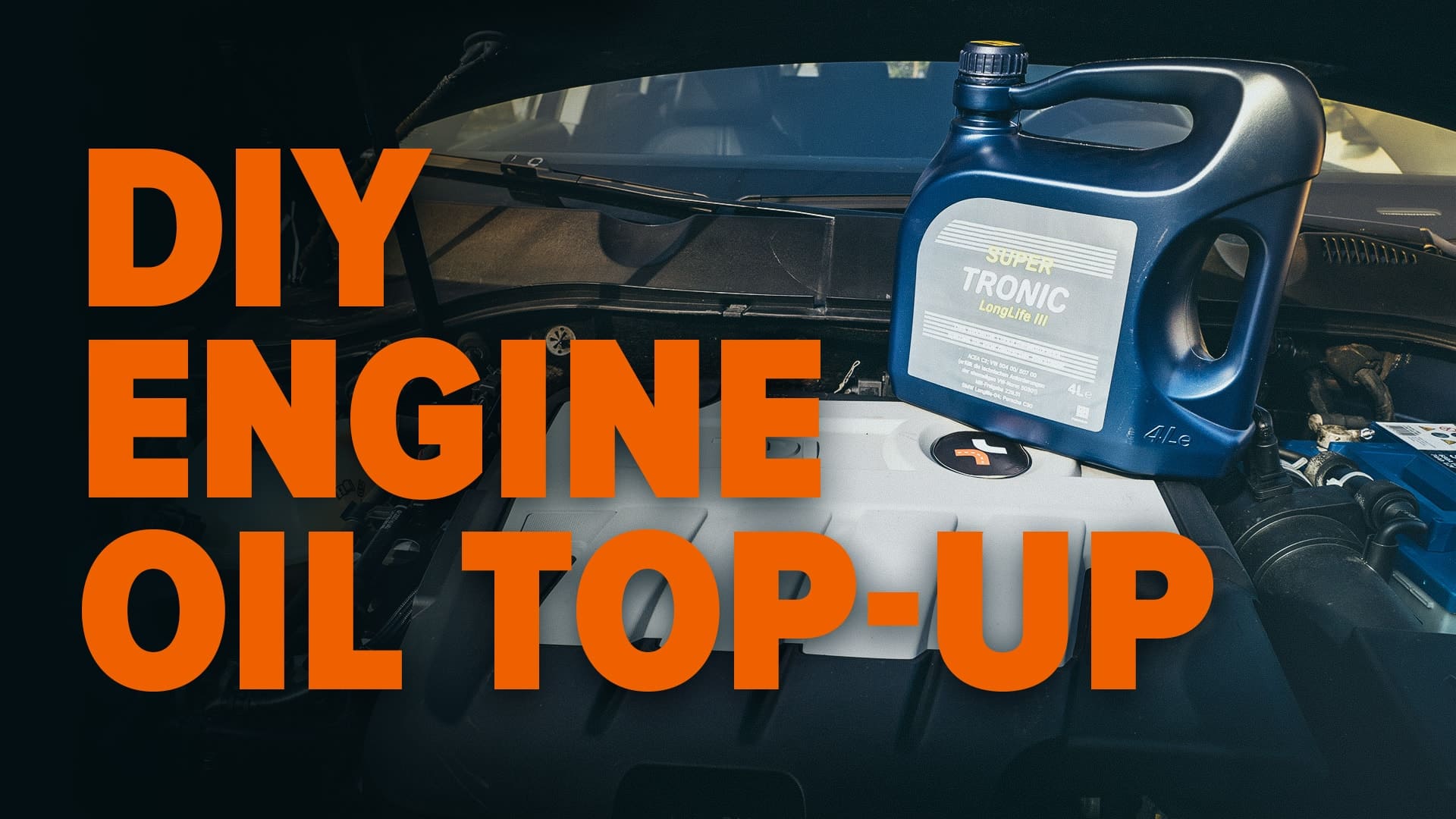
Comment